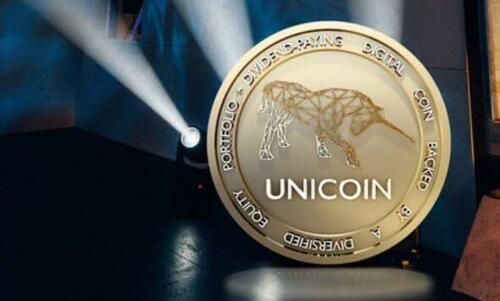Here you go
@bigredfish
Series I bonds had a good two-year run at the top of the interest-rate heap, but the next 6-month rate that will be announced on May 1 is likely to fall so low that buyers probably won’t show up in record-breaking numbers.
I-bonds are priced based on two factors: a variable rate based on six months of inflation data (from October through March) and a fixed rate that is less transparently calculated. The
latest CPI numbers for March indicate that the variable rate is going to pan out at an annualized rate of 3.38%, down from the current rate of 6.48%, according to TipsWatch.com, a blog that tracks I-bonds and other fixed income financial investments.
The current fixed rate is 0.4%, and it’s still unclear what the next one will be, but it’s unlikely to stray too far from that threshold. Historically, the
fixed rate is under 1% and last tipped over that point in 2007.
If the composite annualized I-bond rate stays in line with predictions, it will come in below 4%, making I-bonds less lucrative in the short-term than other comparable investments like Treasury bills, TIPS, CDs and even some high-interest savings accounts.
“You can see the end,” says
Jeremy Keil, a financial planner based in Milwaukee.
The good news is that consumers know this information now, when there’s still time before the rate changes on May 1 to strategize.
Stock up now and ride it out
The easy way to maximize the offer on I-bonds is to buy what you can now, before the rate changes. Individuals can only buy $10,000 in I-bonds each calendar year (and only from
Treasurydirect.gov) but you can also direct up to $5,000 from a
tax refund into paper I-bonds. You can buy gifts for others and hold them in what’s known as a “gift box” until the recipient has the capacity to accept them, and meanwhile they earn interest at the prevailing rate. This works especially well for spouses buying gifts for each other.
Even though the official sales rate will change May 1, your own personal rate schedule depends on when you buy. This is where I-bonds get complicated for a lot of people, because it’s hard to track your interest rate over time. TreasuryDirect has some
tools, but they are notoriously hard to use. You might have better luck understanding simplified calculators that have sprung up from avid users, like the one at
eyebonds.info.
The key thing to know is that if you buy an I-bond in April at an annualized rate of 6.89%, you maintain that rate for six months and you don’t start earning the new rate until October. At that point, you get the prevailing variable rate (likely to be that annualized 3.38%) plus the fixed rate that came with your original purchase, which in this case would be 0.4%. If you average those together, you’re earning around 5.34% for a year. That’s still top of the market for right now.
“That’s still a pretty good bet,” says Keil. “If you like inflation-protected bank money, if you like knowing your 12-month number, that’s a good one.”
A pro tip from
Keil, TipsWatch and others is that you should consider your real holding period for I-bonds to be at least 15 months rather than one year, which is the official lock-in period. If you sell before five years, you lose three months of interest. To leave the least amount on the table, you should plan to sell after three months of the lowest rate.
The sell and buy more strategy
If inflation is waning and I-bond rates are slipping below comparable investments, why would you want to buy more?
“The real selling point of the I-bond is the fixed return component because this dictates whether your buying power grows, or just keeps pace with inflation,” says Greg McBride, chief financial analyst for
Bankrate.com.
For Jim, a 66-year-old video blogger on YouTube at
I Was Retired, that means cashing out and buying more. He’s selling the I-bonds he bought in 2021 and 2022 that have a 0% fixed rate when they hit the 16-month mark, and buying new I-bonds with the highest fixed rate available when he has buying capacity based on the Treasury caps. “By waiting, instead of surrendering like $80 of interest, we’ll be down about $30 on interest on average,” he says.
He calculated, with the help of the tools at TipsWatch and Eyebonds.info, that April I-bonds with a 0.4% fixed rate will outperform May I-bonds in four to five years. In general, the higher the fixed rate, the faster it outpaces lower-rate I-bonds, especially the 0% ones of the last several years.
Jim is in this for the long game, not to score huge on his cash. “The overall return is not great over time except when it protects you from inflation,” he says. But it does, indeed, work well for that. His April 2003 I-bonds, which had a fixed rate of 1.6%, were earning over 11% for half of 2022. He’s not selling those.
April is National Financial Literacy Month. To mark the occasion, MarketWatch will publish a series of “Financial Fitness” articles to help readers improve their fiscal health, and offer advice on how to save, invest and spend their money wisely. Read more here.



